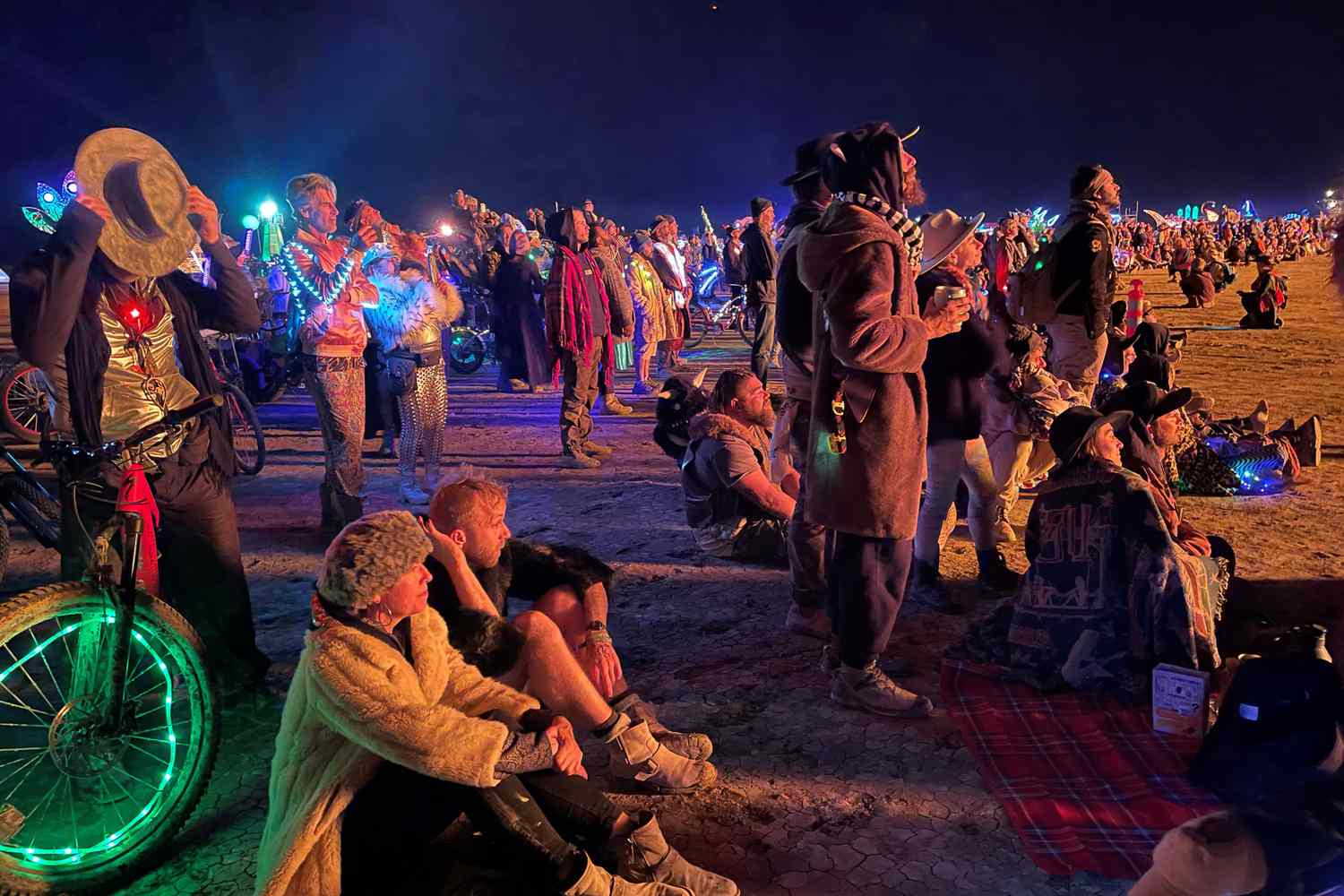Travel
The Evolution of Burning Man Ticket Prices: Understanding the Cost of Participation

Burning Man, the annual gathering held in the Black Rock Desert of Nevada, has captured the imagination of millions around the globe. This event, characterized by its emphasis on community, self-expression, and radical self-reliance, has become a cultural phenomenon since its inception in 1986. However, alongside its growth in popularity, the cost of attending Burning Man has also evolved significantly. In this article, we delve into the history and factors influencing Burning Man ticket prices, offering insights into why participation in this unique event comes with a financial investment.
Origins and Early Years: Burning Man began as a modest gathering on San Francisco’s Baker Beach in 1986, when Larry Harvey and Jerry James built and burned an effigy of a man. Over the years, the event grew in size and complexity, eventually moving to the Black Rock Desert in 1990 due to concerns about crowd size and safety. In its early years, Burning Man operated on a primarily donation-based model, with attendees contributing what they could afford to cover basic expenses like permits, equipment, and art installations. There was no fixed ticket price, and participants were encouraged to embody the principles of radical self-reliance and decommodification.
Rise in Popularity and Organizational Needs: As Burning Man gained popularity throughout the 1990s and early 2000s, the event’s organizers faced increasing logistical challenges and expenses. Permit costs, security measures, infrastructure development, and emergency services became more substantial as attendance numbers swelled. Additionally, the demand for art grants to support the creation of large-scale installations and performances grew. To address these needs, Burning Man began instituting structured ticketing systems and introducing ticket prices in the early 2000s.
Transition to Tiered Ticketing: One significant development in Burning Man ticketing was the adoption of tiered pricing. Tiered ticketing, implemented in 2012, introduced different price levels for tickets based on the timing of purchase. Early ticket buyers could secure tickets at lower prices, incentivizing commitment and helping organizers gauge attendance numbers earlier in the year. As the event approached and ticket availability decreased, prices would increase to reflect the dwindling supply.
Factors Influencing Ticket Prices: Several factors influence the cost of Burning Man tickets, including:
- Operational Expenses: The primary driver of ticket prices is the need to cover the event’s operational expenses, including permits, insurance, medical services, sanitation, transportation, and communication infrastructure.
- Art Grants: A portion of ticket sales revenue goes towards funding art projects through the Burning Man Art Grant program. These grants support artists in creating interactive installations, sculptures, performances, and other artistic endeavors that contribute to the event’s unique atmosphere.
- Sustainability Initiatives: Burning Man has increasingly prioritized sustainability and environmental stewardship, investing in initiatives such as waste management, renewable energy, and resource conservation. These efforts incur additional costs that may be reflected in ticket prices.
- Cultural Programming: Burning Man offers a diverse array of workshops, talks, performances, and interactive experiences as part of its cultural programming. Funding these initiatives requires financial resources, which are partially supported by ticket sales.
- Accessibility and Inclusion: Burning Man strives to be accessible and inclusive to individuals from diverse backgrounds, socioeconomic statuses, and geographic regions. To achieve this goal, the organization provides low-income ticket programs, scholarships, and other initiatives to reduce financial barriers to participation.
- Future Sustainability: Ticket revenue also contributes to the long-term sustainability and growth of Burning Man as an organization. Funds are reinvested into improving infrastructure, expanding community outreach, supporting regional Burning Man events, and advocating for the principles of Burning Man worldwide.
Conclusion: Burning Man ticket prices have evolved over the years in response to the event’s growth, organizational needs, and commitment to fostering a vibrant and inclusive community. While the cost of participation may vary depending on factors such as timing, income level, and individual circumstances, it’s essential to recognize that ticket sales play a vital role in supporting the event’s operations, cultural programming, and long-term sustainability. As Burning Man continues to evolve, finding a balance between affordability, accessibility, and financial viability will remain a priority for organizers and participants alike.
-

 US News2 months ago
US News2 months agoThe Evolution and Impact of SimCity Forums on the Gaming Community
-

 Fashion2 months ago
Fashion2 months agoCelebrity Style Spotlight: Iconic Slip Dress Moments of 2024
-

 Fashion4 months ago
Fashion4 months agoMercedes Blanche: A Guide to Her Impact on the Boys
-

 Business5 months ago
Business5 months agoUnderstanding Cloudiness in Urine: Causes, Symptoms, and Treatment















